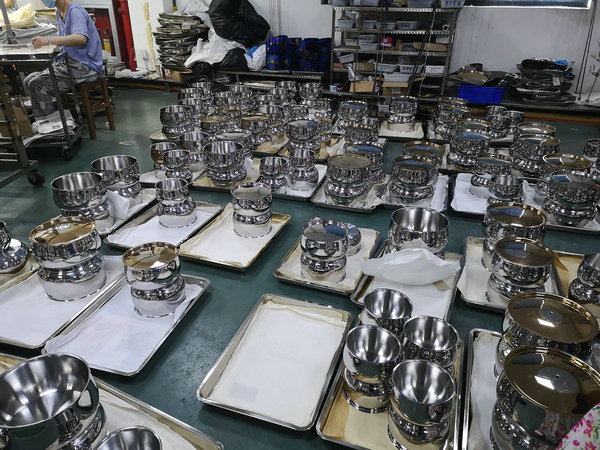

NEWS
真空镀膜应用是真空应用中的一个大分支,在光学、电子学、理化仪器、包装、机械以及表面处理技术等众多方面有着十分广泛的应用。
真空镀膜应用,简单地理解就是在真空环境下,利用蒸镀、溅射以及随后凝结的办法,在金属、玻璃、陶瓷、半导体以及塑料件等物体上镀上金属薄膜或者是覆盖层。相对于传统镀膜方式,真空镀膜应用属于一种干式镀膜,它的主要方法包括以下几种:
真空蒸镀、其原理是在真空条件下,用蒸发器加热带蒸发物质,使其气化或升华,蒸发离子流直接射向基片,并在基片上沉积析出固态薄膜的技术。
溅射镀膜、溅射镀膜是真空条件下,在阴极接上2000V高压电,激发辉光放电,带正电的氩离子撞击阴极,使其射出原子,溅射出的原子通过惰性气氛沉积到基片上形成膜层。
离子镀膜、即干式螺杆真空泵厂家已经介绍过的真空离子镀膜。它是在上面两种真空镀膜技术基础上发展而来的,因此兼有两者的工艺特点。在真空条件下,利用气体放电使工作气体或被蒸发物质(膜材)部分离化,并在离子轰击下,将蒸发物或其反应物沉积在基片表面。在膜的形成过程中,基片始终受到高能粒子的轰击,十分清洁。
真空卷绕镀膜是一种利用物理气相沉积的方法在柔性基体上连续镀膜的技术,以实现柔性基体的一些功能性、装饰性属性。
束流沉积镀,结合了离子注入与气相沉积镀膜技术的离子表面复合处理技术,是一种利用离化的粒子作为蒸镀材料,在比较低的基片温度下,形成具有良好特性薄膜的技术。
Vacuum coating application is a major branch of vacuum application. It is widely used in many aspects, such as optics, electronics, physical and chemical instruments, packaging, machinery and surface treatment technology.
The application of vacuum coating is simply understood as plating metal films or coatings on metal, glass, ceramics, semiconductors and plastic parts by means of evaporation, sputtering and subsequent condensation in a vacuum environment. Compared with the traditional coating method, vacuum coating application belongs to a dry coating, and its main methods include the following:
The principle of vacuum evaporation is that under vacuum conditions, the evaporator is used to heat the belt to evaporate the material, so that it can be gasified or sublimated. The evaporated ion stream is directly injected into the substrate, and the solid film is deposited on the substrate.
Sputter coating and sputter coating are connected with 2000V high voltage electricity at the cathode under vacuum conditions to excite glow discharge. Positively charged argon ions impact the cathode to emit atoms. The splashed atoms are deposited on the substrate through inert atmosphere to form a film layer.
Ion coating, that is, the vacuum ion coating introduced by the manufacturer of dry screw vacuum pump. It is developed on the basis of the above two vacuum coating technologies, so it has both process characteristics. Under vacuum conditions, the working gas or evaporated material (film material) is partially ionized by gas discharge, and the evaporated material or its reactant is deposited on the surface of the substrate under ion bombardment. During the formation of the film, the substrate is always bombarded by high-energy particles and is very clean.
Vacuum winding coating is a technology of continuous coating on flexible substrate by physical vapor deposition, in order to realize some functional and decorative properties of flexible substrate.
Beam deposition, an ion surface composite treatment technology combining ion implantation and vapor deposition coating technology, is a technology that uses ionized particles as evaporation materials to form films with good characteristics at relatively low substrate temperature.
